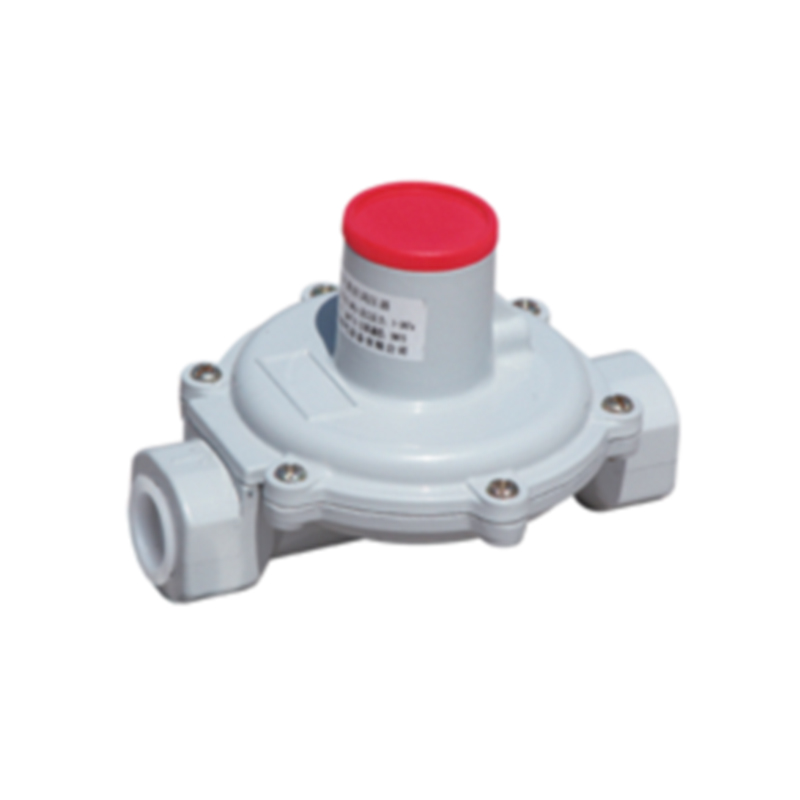
7 月 . 26, 2024 05:35
Back to list
Understanding the Importance and Functionality of Gas Safety Relief Valves in Pressure Systems
Understanding Gas Safety Valves Ensuring Safety and Efficiency
Gas safety valves are critical components in various industrial applications, ensuring the safe handling and usage of gas. These valves play an essential role in maintaining pressure control, preventing accidents, and protecting equipment from potential failures. As industries increasingly rely on gas for energy production, heating, and manufacturing processes, understanding the significance and functionality of gas safety valves becomes paramount.
What is a Gas Safety Valve?
A gas safety valve is a device designed to automatically release pressure from a system when it exceeds a predetermined limit. This safeguard prevents over-pressurization, which can lead to catastrophic failures, explosions, or leakage. These valves are typically installed in gas pipelines, boilers, storage tanks, and other equipment that handle pressurized gas.
Types of Gas Safety Valves
There are various types of gas safety valves, each serving different applications
1. Pressure Relief Valves (PRVs) These valves are designed to open at a specific set pressure. When the pressure exceeds this limit, the valve opens to relieve excess pressure and then re-closes when normal conditions resume.
2. Safety Relief Valves (SRVs) Similar to PRVs, SRVs are used for both liquids and gases. They provide a quick and effective method for controlling overpressure in a system.
3. Emergency Relief Valves (ERVs) These are used in critical applications where rapid pressure relief is necessary to prevent dangerous situations. They are crucial in processes involving flammable gases and volatile media.
gas safety valve

The Importance of Gas Safety Valves
Gas safety valves are essential for several reasons
- Safety The primary purpose of gas safety valves is to protect people and equipment from the dangers associated with over-pressurized systems. By preventing explosions and equipment failures, these valves help safeguard lives and property.
- Regulatory Compliance Many industries are subject to strict regulations governing the safe handling of gas. Installing appropriate safety valves is often a legal requirement, helping businesses comply with safety standards set by organizations like OSHA and the EPA.
- Operational Efficiency By maintaining controlled pressure levels, gas safety valves ensure optimal performance of systems. This not only enhances operational efficiency but also prolongs the life of equipment, reducing maintenance costs.
Installation and Maintenance
Proper installation and maintenance of gas safety valves are crucial for their effective operation. Valves should be installed by qualified professionals to ensure they are correctly positioned and calibrated. Regular maintenance checks are advisable to inspect for wear, corrosion, and proper functionality. Keeping records of maintenance activities can help in tracking the valve's performance and compliance with safety regulations.
Conclusion
In conclusion, gas safety valves are indispensable in various sectors that utilize gas as a primary resource. From protecting equipment to ensuring workplace safety and regulatory compliance, the role of these valves cannot be understated. As technology advances, newer models of gas safety valves are being developed, featuring enhanced performance and reliability. Industries must stay informed about these advancements to optimize their operations and continue prioritizing safety. In an era where safety and efficiency are more critical than ever, investing in high-quality gas safety valves is a commitment to ensuring a secure working environment for everyone involved.
Latest news
-
Unlocking The Quality Gas Pressure ReducersNewsNov.01,2024
-
The Role of Gas Pressure Reducing StationsNewsNov.01,2024
-
The Importance and Functionality of Safety Relief ValvesNewsNov.01,2024
-
The Essential Role of Safety Valves in Natural Gas ApplicationsNewsNov.01,2024
-
The Essential Role of Gas Pressure RegulatorsNewsNov.01,2024
-
Enhance Your Premium Gas FiltersNewsNov.01,2024

